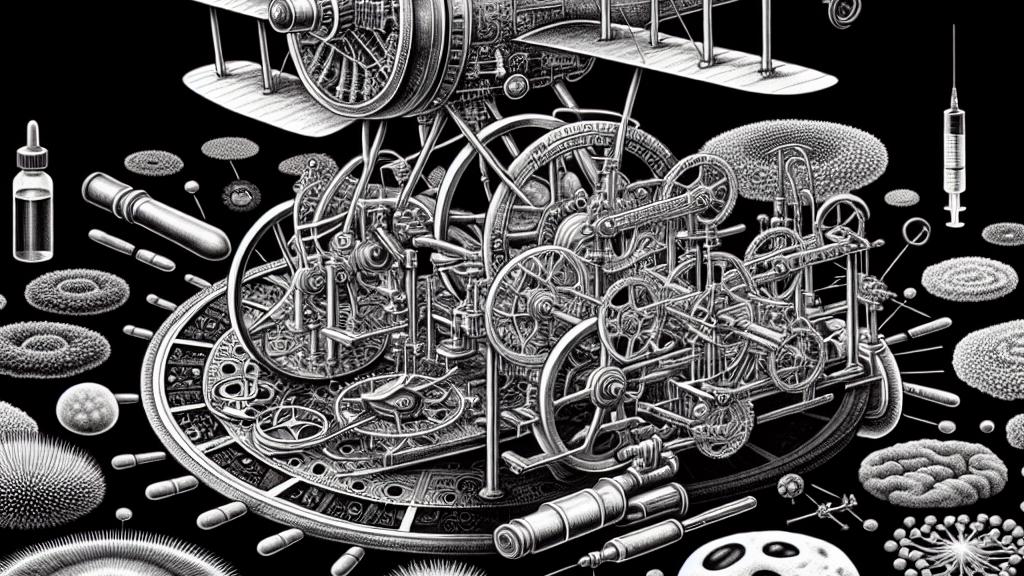Discovering New Ways to Control Cell Behavior Inspired by Airplanes
Overview
- UMass Amherst researchers draw inspiration from WWI aviation technology for cellular innovation.
- They create a groundbreaking device to adjust pH levels around cells in real-time.
- This advancement has the potential to transform approaches to cancer and heart disease therapies.

A Creative Leap from History
At the University of Massachusetts Amherst, a thrilling fusion of history and modern science is taking place. Researchers have looked back to World War I, specifically the remarkable mechanics of fighter planes, for inspiration. Imagine the challenge: planes needed to fire machine guns without hitting their spinning propellers. This historical context sparked a brilliant idea—a device designed to manipulate pH levels surrounding cells with the same precision. By merging the past with cutting-edge technology, the team is paving an exciting pathway toward groundbreaking discoveries that could reshape our understanding of cell behavior.
Innovative Real-Time pH Control
What truly sets this innovative device apart is its unparalleled ability to alter pH levels quickly and precisely, a feat that could revolutionize how scientists study cells. You see, traditional methods of pH adjustment were limited, often moving slowly and quite crudely, with adjustments of merely 0.6 units. However, this new gizmo can accurately change pH by just 0.1 units—a shift that can spell the difference between a cell thriving or failing. For instance, when they experimented with Bacillus subtilis, the researchers noted a significant reduction in movement as conditions became more alkaline. Even more spectacularly, heart cells increased their heartbeat frequency when the environment shifted from neutral to acidic. These observations highlight not just the speed of this technology, but also its potential to illuminate critical relationships in cellular dynamics, opening new doors for research and therapeutic strategies.
Transformative Potential in Medicine
The implications of this research are nothing short of groundbreaking. Envision a future where manipulating pH levels can lead to innovative treatments for serious diseases such as cancer and heart disease. With this technology, medical professionals could directly influence how heart cells respond during various conditions, providing insights into ailments like tachycardia—where the heart races too quickly. But that's not all! This device could also advance the fields of tissue engineering and regenerative medicine, bringing us closer to creating effective therapies tailored to individual patient needs. As Jinglei Ping, one of the leading researchers, passionately puts it, this device not only answers a pivotal technical question but also sparks a multitude of intriguing new questions for us to explore. It's a catalyst for curiosity, poised to redefine existing methods and bring forth revolutionary advancements in healthcare.

Loading...